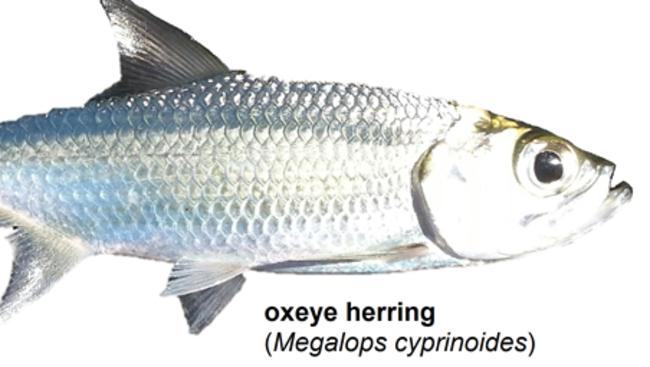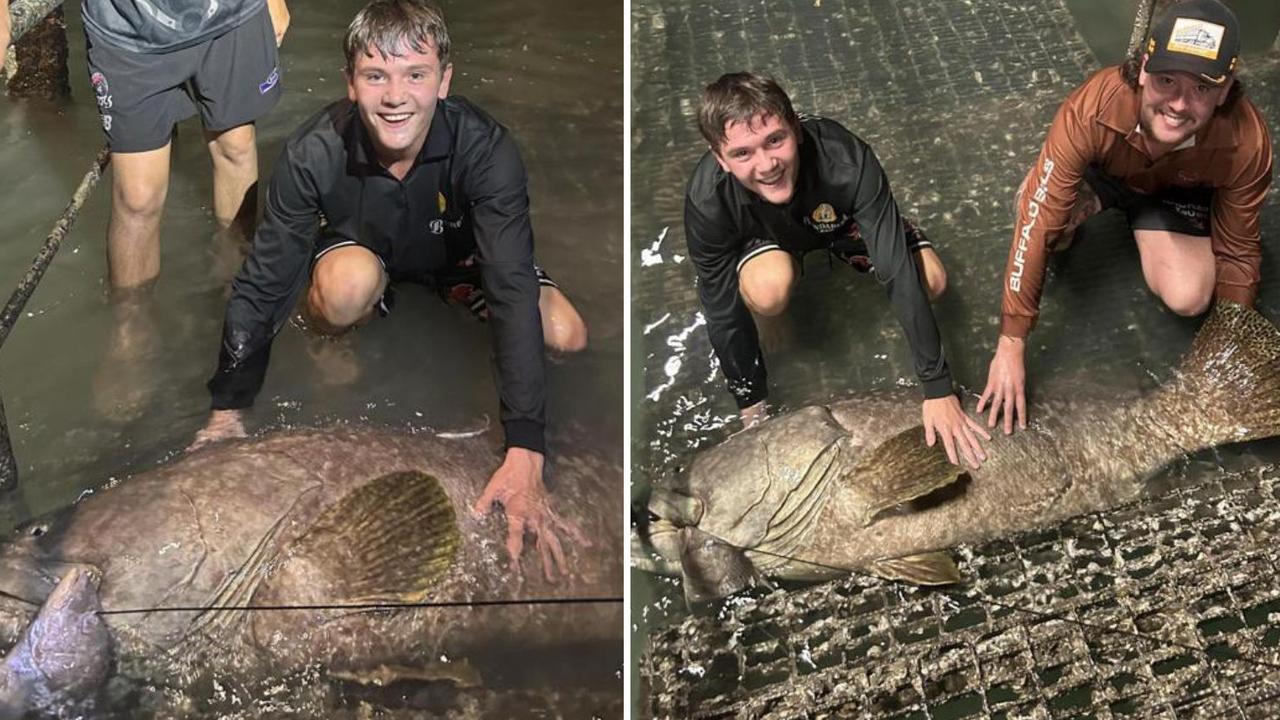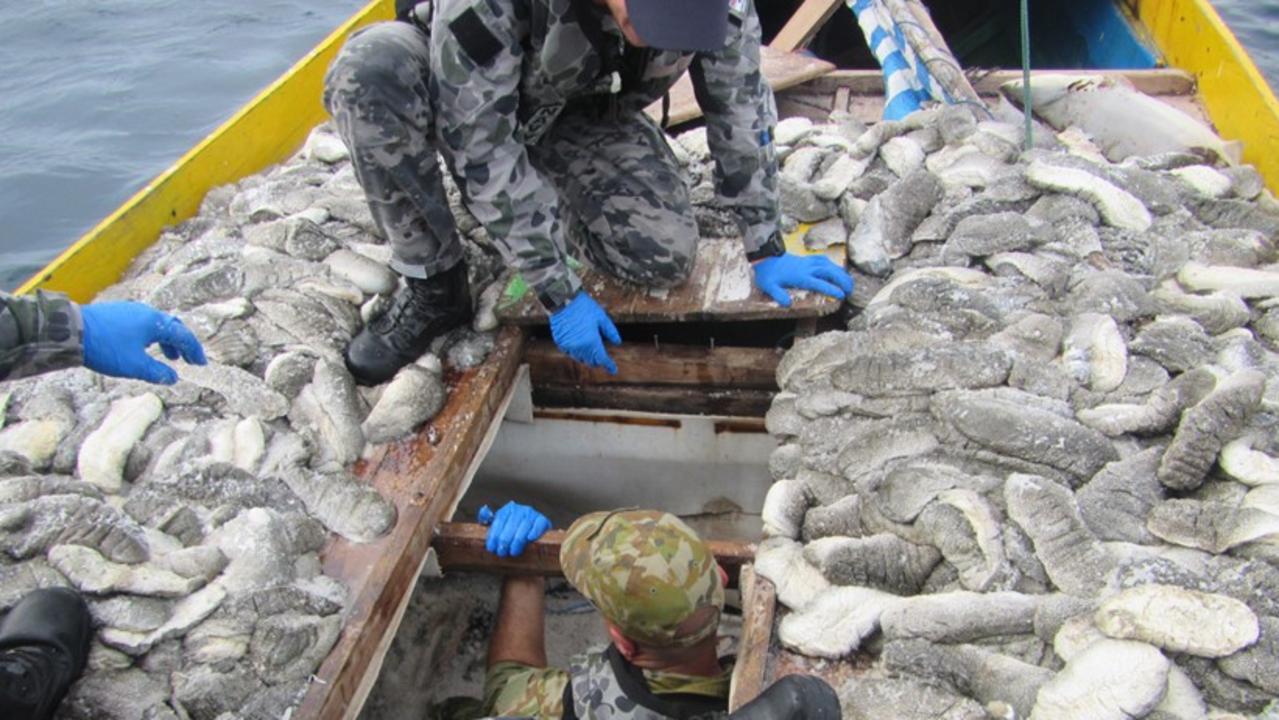Gas regulation system affects barotrauma
Why are some fish more prone to suffering injuries from barotrauma?

Fishing
Don't miss out on the headlines from Fishing. Followed categories will be added to My News.
Why are some fish more prone to suffering injuries from barotrauma?
One reason is the different way fish species regulate gas in and out of their swim bladder. This feature can have a large bearing on how severely a fish is affected by barotrauma.
Some species have their swim bladder connected to the gut and the fish can use this connection to control the amount of gas in the swim bladder. These species are known as physostomous fish.
These fish will generally be constantly moving or rest on the bottom.
A tarpon is a classic example and is often seen taking gulps of air from the surface.
In other species such as the golden snapper, for example, the connection with the gut is closed and no gas can be moved from the gut to the swim bladder. These species are known as physoclistous.
These fish control the amount of gas in their swim bladders by means of one or more areas where the membrane is very thin and richly supplied with capillaries. Gas exchange is through the capillaries and the membrane.
The lack of connection between the gut and swim bladder does not allow them to quickly control the amount of gas in the swim bladder.
These fish tend to be able to suspend almost motionless in the water column with minimal effort, but they also tend to be more prone to barotrauma.


